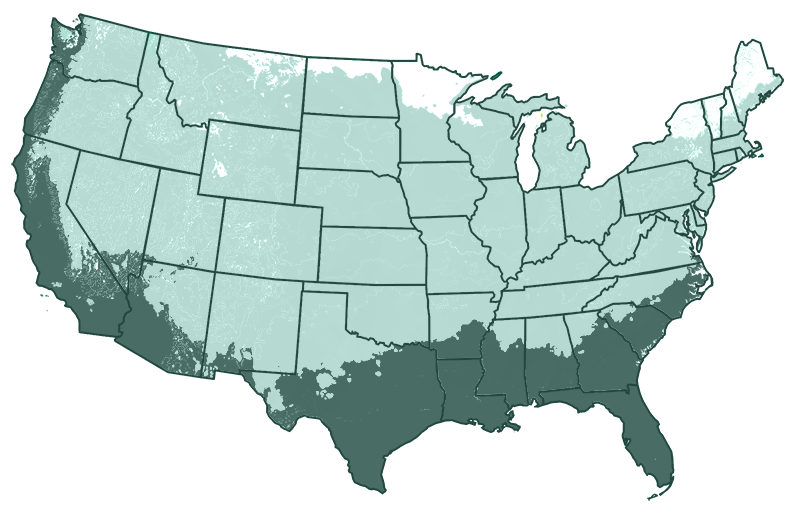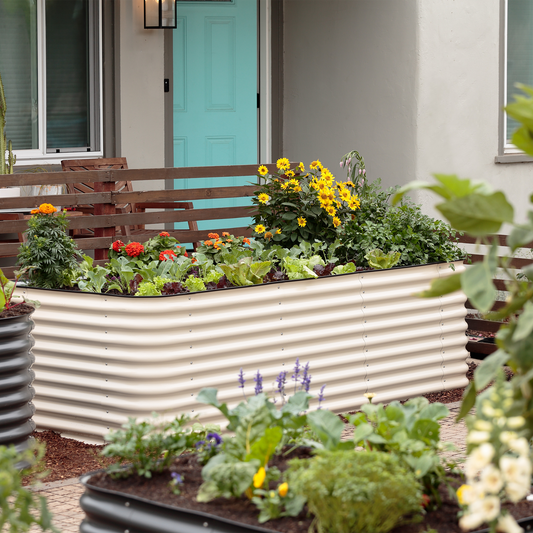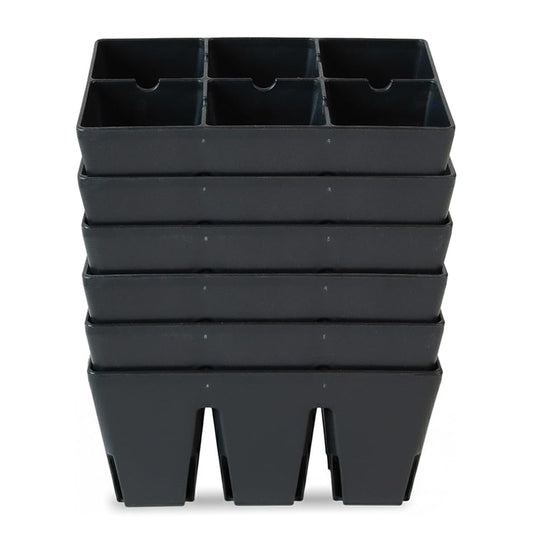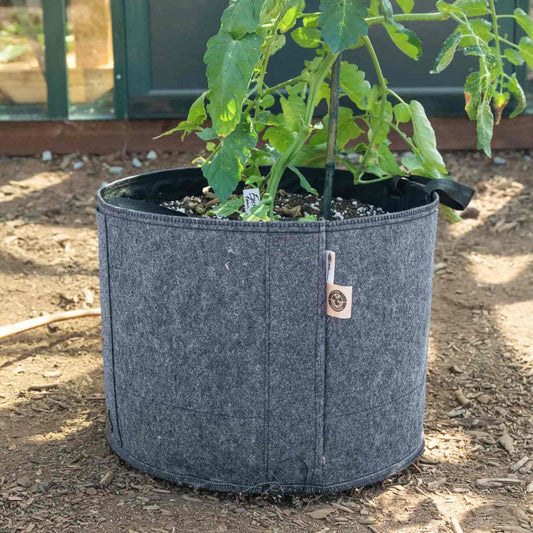

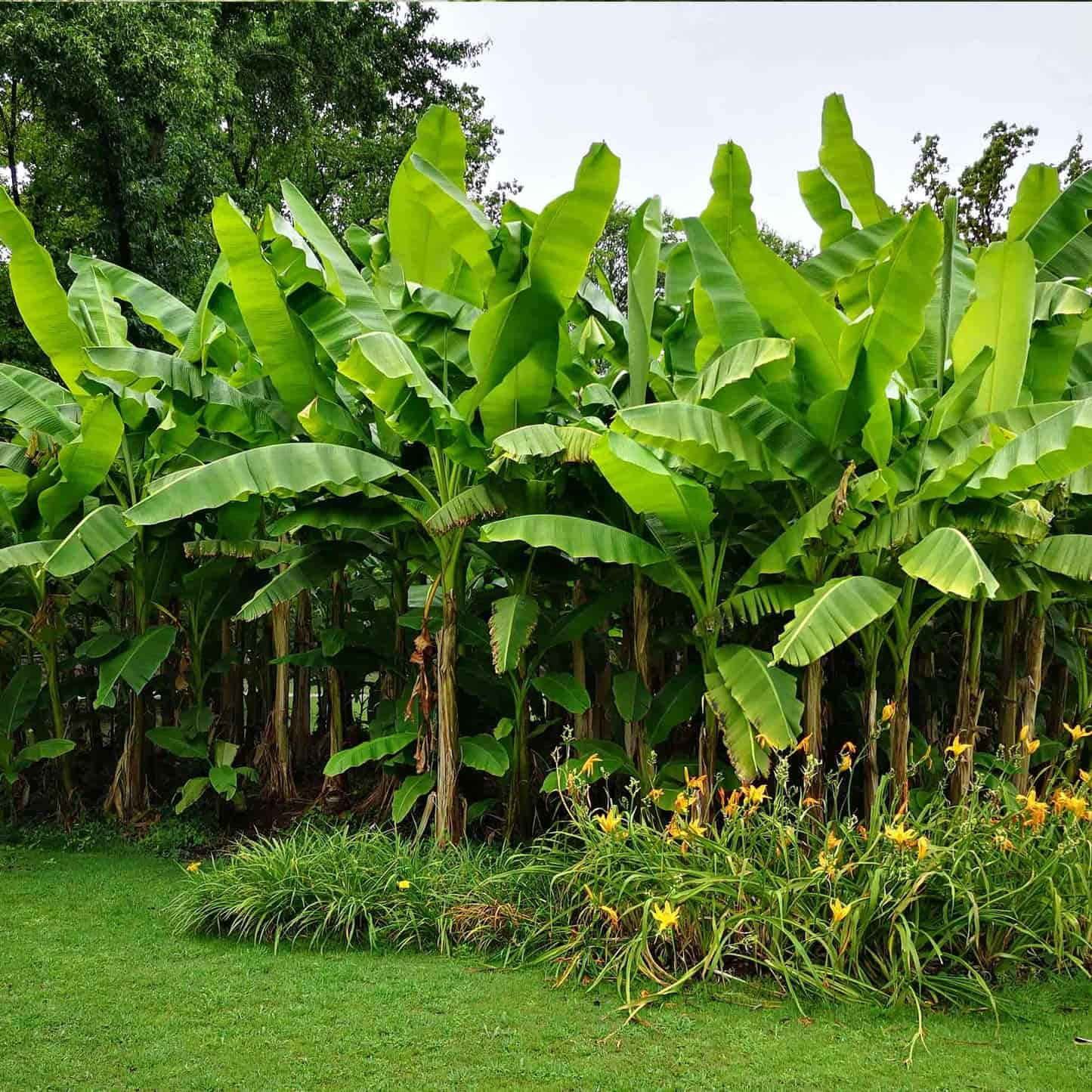
Dwarf Cavendish Banana Tree
View More Planting Info
For the best results, choose a planting location with full sunlight exposure. This translates to a minimum of 6 hours of direct sun per day, preferably closer to 8. Avoid windy areas without protection, as this can cause the leaves to split. The soil should be rich and well-draining. Amend with compost before planting to boost nutrients and soil structure, giving your banana tree the best possible start. If you’re planting in a container, choose a large pot with drainage holes and fill it with high-quality potting mix and compost. The hole should be twice as wide and just as deep as the root ball of your sapling. Remove the tree from its container, gently tease the roots, and place it in the hole. Fill the hole with soil, and tamp down gently to remove air pockets. After planting, water the tree deeply to help establish its roots. Maintain consistent moisture, especially during the first growing season. Apply a layer of mulch around the base of the plant and top up in winter to regulate soil temperature and protect the roots.
Harvesting:
Harvest when flowers crisp and fruits become yellow. Remove in bunches, as unripe fruits will continue ripening off the tree.
Pruning:
Cut down the main stalk after fruiting. Remove any weak suckers that appear at the base, leaving stronger ones.
Growth:
Dwarf Cavendish grows 10 feet tall in-ground, or smaller when container-grown. Space 8 feet from other plants.
- Product Info
- Care and Maintenance
- Planting Care
- Growing Zone
Product Info
Mature Height: 8-10 ft.
Mature Width: 6-8 ft.
Sunlight: Full Sun
Growth Rate: Fast
Does Not Ship To: AZ, OR
Care and Maintenance
Watering: Established Dwarf Cavendish Banana Trees should be watered around once per week, depending on the season and rainfall. Water young trees a few times a week to establish a strong root system. Also water potted trees 2-3 times a week. Don’t let the soil dry out completely for several days as this can lead to stress.
Fertilizing: It’s important to regularly replenish the soil's nutrients as bananas are considered moderate to heavy feeders. Start with a fertilizer with equal parts nitrogen, phosphorus, and potassium (NPK) or one higher in phosphorus. As the plants mature over several seasons, switch to a fertilizer with more potassium.
Pruning: Once the banana has finished fruiting, cut the main stalk down to the ground. This will leave space for one of the suckers to grow, as the previous stalk won’t produce fruit again. Also remove any small suckers you aren’t leaving to grow fully and any browning or diseased leaves.
Pests and Diseases: Banana trees are susceptible to several pests. Remove aphids, spider mites, mealybugs, and thrips as soon as you spot them to limit permanent damage and save your harvest. Banana wilt, leaf spot, and banana bunchy top virus are a few of the more common diseases to watch out for.
Pollination: As they are self-fertile, you only need one Dwarf Cavendish to produce fruit. If the tree is kept indoors year-round, hand-pollination will improve fruit set.
Harvesting: Banana bunches are ready to harvest when the fruits are full-sized and the flowers have turned brown at the ends. Cut off the entire bunch at once, leaving the fruits in a cool and dry place to ripen off the tree.
Recovery Time: Transitioning from our nursery to your home can be a bit of a shock to your plant. A short acclimation period helps it recover and reduces stress.
Climate Adjustment: Every environment is unique. Giving your plant time to adjust to the local climate, humidity, and light conditions in a shady spot will set it up for better growth and health.
How to Acclimate Your Plant: Keep the plant in its container and place it in a shady, sheltered area away from high winds. Ensure it's watered adequately – the soil should be moist but not waterlogged. Monitor the plant for any signs of distress and allow it to adjust for a few days before planting. After a few days of acclimation, your plant will be better prepared to thrive in its new home for years to come.
Planting Care
Sunlight: Plant in full sun, providing at least 6 hours of light per day. A south or west-facing position is best to make the most of the available sunlight.
Soil: Plant in rich, well-draining soil amended with compost. Continue to mulch with compost throughout the seasons to improve soil structure.
Mature size: These compact trees grow to around a maximum of 10 feet. Restrict height further by planting in containers.
Climate: Dwarf Cavendish Bananas prefer warm and tropical climates, growing in USDA Zones 8-11. Plant in pots to move the tree indoors in winter outside these climates.
Thinning: Remove damaged or diseased foliage to improve growth and any weak or small suckers.
Location: Plant in a full sun position in well-draining soil amended with compost. Avoid windy areas as extreme winds may split the large leaves.
Watering: Water deeply 2-3 times per week soon after planting until the tree is established. Thereafter, water once per week or more frequently in containers. Slow watering in winter.
Pruning: Remove any weak suckers that appear at the base, leaving the stronger suckers to continue to grow and eventually replace the main stalk. Cut the main stalk down after all the fruit has been harvested.
Spacing: Plant at least 8 feet away from any other trees or nearby structures in your garden when in the ground.
Harvesting: Harvest when the flowers become crisp and the fruits change from green to yellow. Trim the entire bunch off at once, leaving the unripe fruits to ripen off the tree.
Pollination: Banana trees are self-fertile. Pollination may be lower indoors, requiring hand-pollination for successful fruiting.
Hardiness Zone: Dwarf Cavendish Banana Trees are suitable for planting outdoors in USDA Zones 8-11.
Fertilizer: Feed once every 6-8 weeks from spring to fall, using a lower-strength fertilizer on young plants. A balanced fertilizer is suitable for most soils. Established plants will benefit from a product slightly higher in potassium.
Growing Zone
Grows Well In Zones: 4-11 patio / 8-11 outdoors
